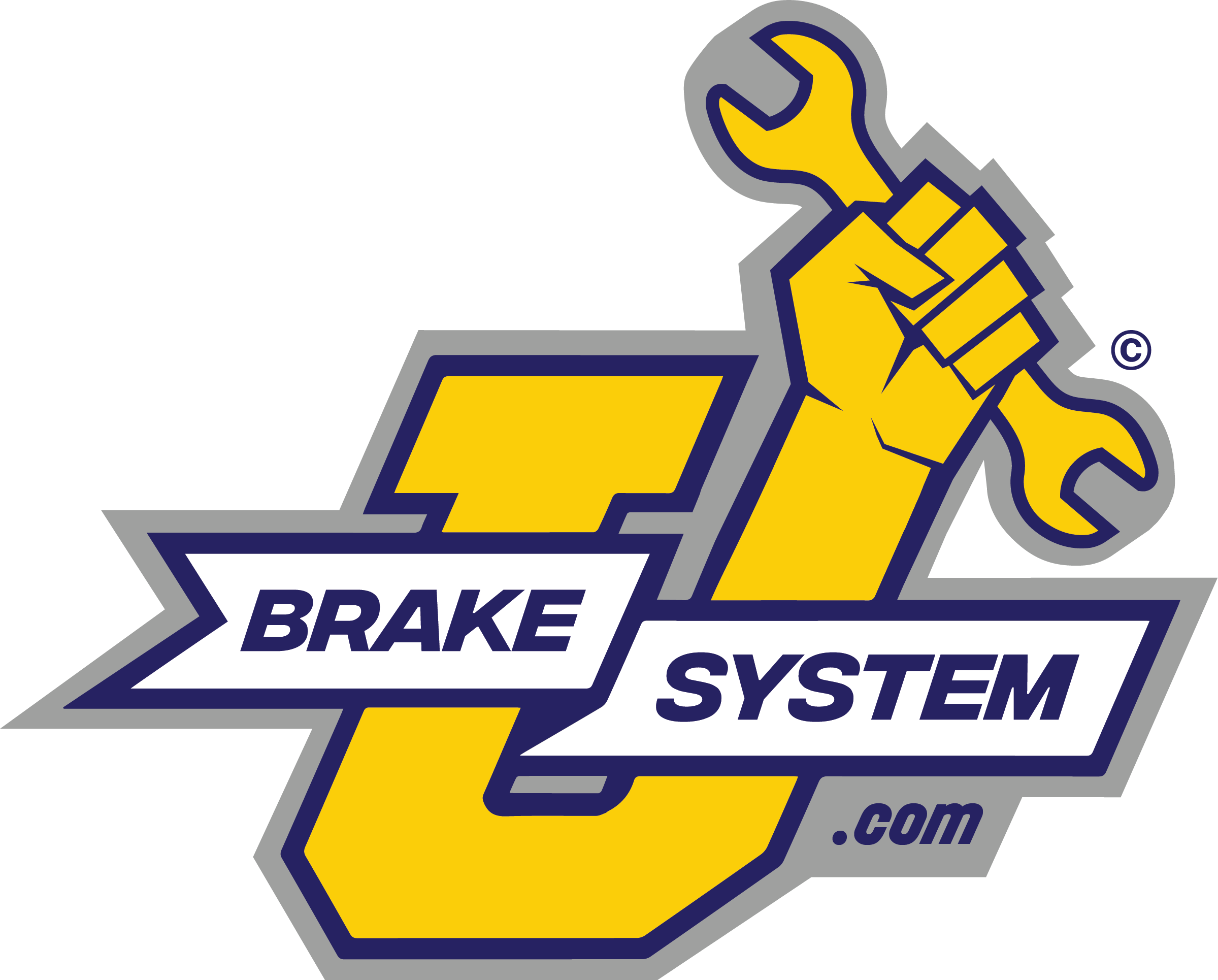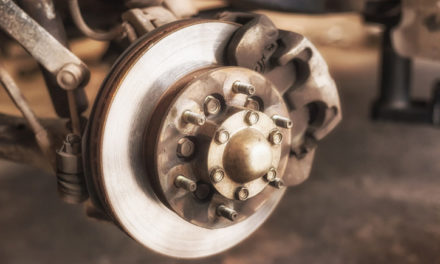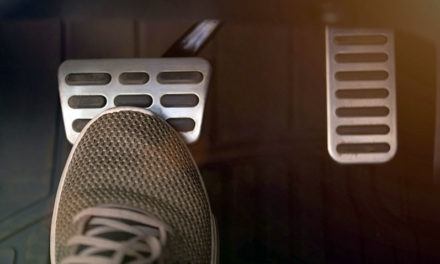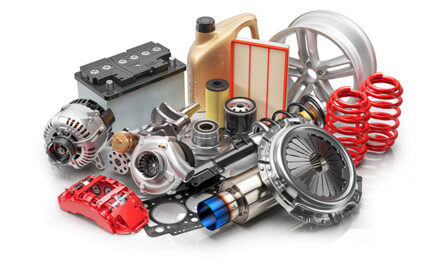Manufacturers have been putting anti-lock braking systems (ABS) on vehicles since the 1980s, but they weren’t mandatory until 2013. Every new vehicle must have ABS brakes. If you started driving in the ‘80s or 90s, you might remember your driver’s ed instructor telling you to pump the brakes if you went into a skid. Pumping the brakes added more pressure in the brake lines, which would help release the brakes to stop the skid. You no longer have to do that if your vehicle has anti-lock brakes.
How Anti-Lock Brakes Work
In a nutshell, when the ABS control module senses one of the brakes locking up, it forces more pressure through the brake line to the brake – thus “pumping” that brake. However, unlike you pumping the brakes, it only pumps the one brake that is locked up. When you skid without ABS, you could easily lose control of the vehicle. However, the ABS pumps the brakes faster than you could, thus mitigating or preventing the skid. It gives you a lot more control over the vehicle.
The ABS system features an anti-lock electronic control module (the computer), two to four-wheel sensors, and a hydraulic control unit. Some vehicles have two-wheel ABS brakes while others have four-wheel ABS brakes. The system uses a reluctor on each ABS sensor to sense when a wheel slows down or if the brakes lock up when you brake hard. The ABS system forces more pressure on the locked brake to force it to release.
Types of ABS
If you have four-wheel ABS brakes, you have a sensor for each wheel. Three-sensor ABS brakes have two sensors for the front wheels and one sensor that manages both rear wheels. Finally, the one-sensor system has one sensor that manages both rear brakes – you won’t have ABS on the front wheels.
Problems with ABS
If the ABS light comes on, you have a potential problem with the ABS system. Once in a while, the computer may need to be reset. Since the ABS computer checks itself when you start the vehicle, you can try turning the vehicle off and re-starting it. If the light stays on, you have problems with the system that need to be repaired. A common problem is a sensor that becomes contaminated with metal shavings from the brake system or debris from the road.
Additional problems include:
- Damaged sensors,
- An open in the wiring, and
- Problems with the ABS hydraulic module or the computer.
Diagnosis and Repair
The ABS system has a fuse, located in the fuse panel under the dash or under the hood. Check the fuse before you check anything else. If the fuse is good, then check the sensors to see if they have dirt built up on them. You can try cleaning the dirt and debris off the sensors.
If that does not fix the problem, you will need a scan tool to scan the ABS computer’s memory to pull the codes. The codes will tell you if a sensor is bad or if there is a problem with the ABS module or computer. You can pick up a scan tool at any auto parts store or have the dealer scan the codes for you if you want to fix the ABS system yourself.










